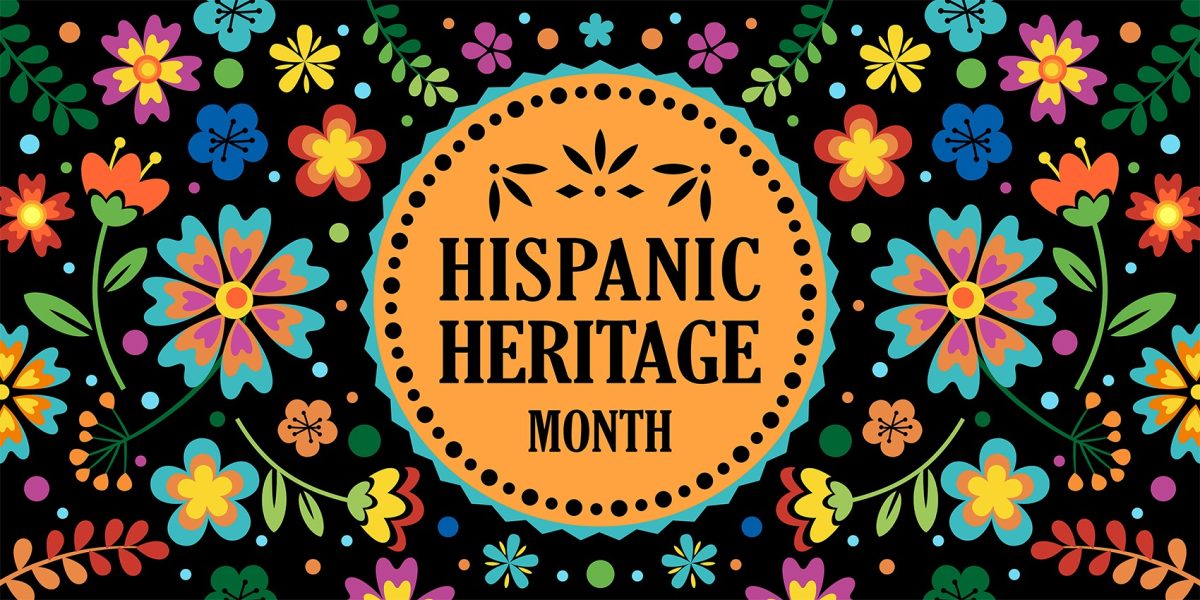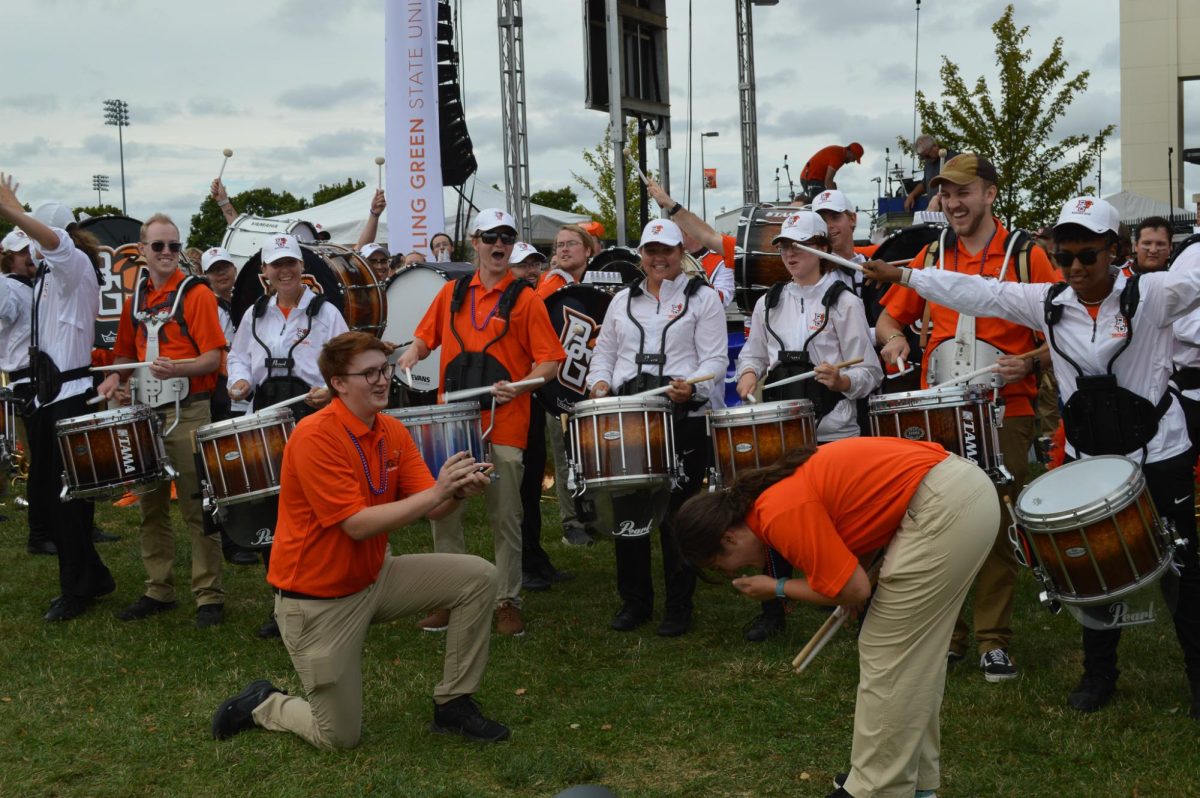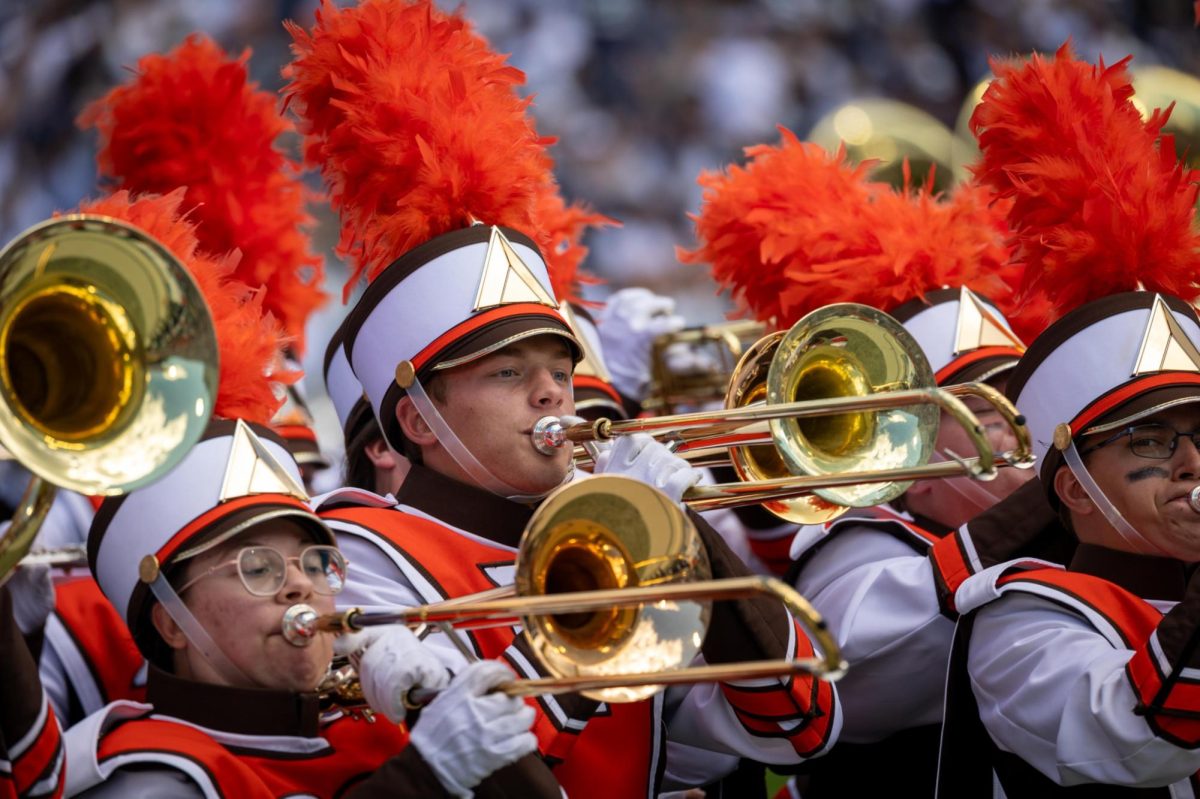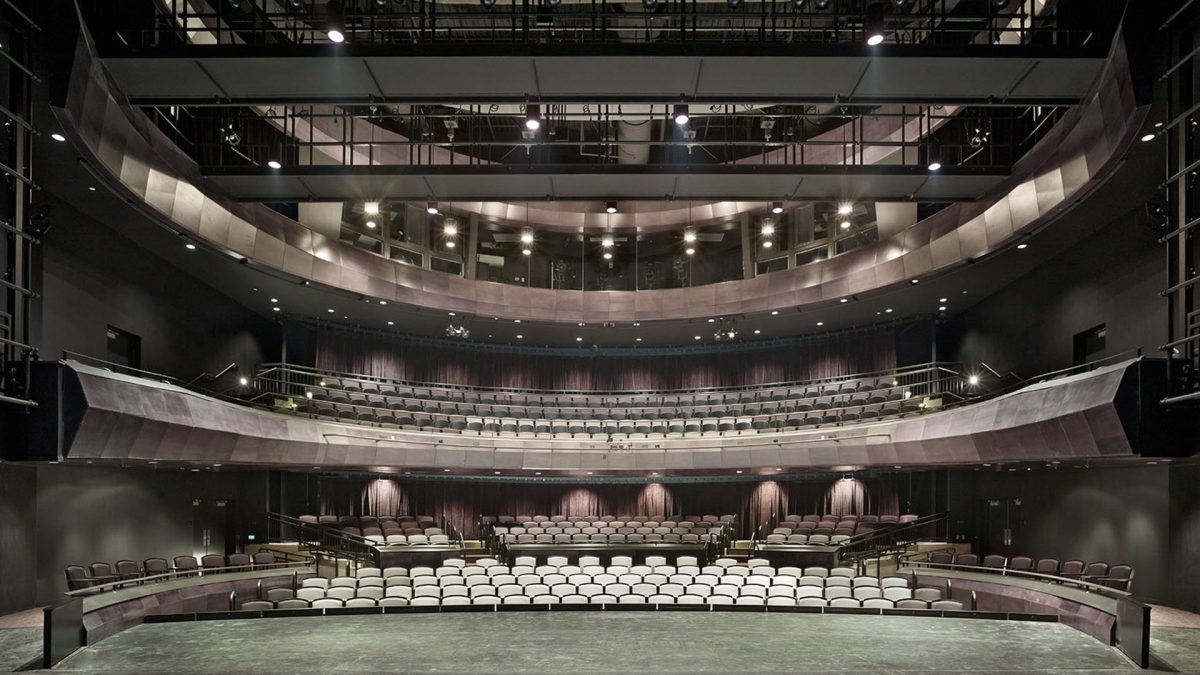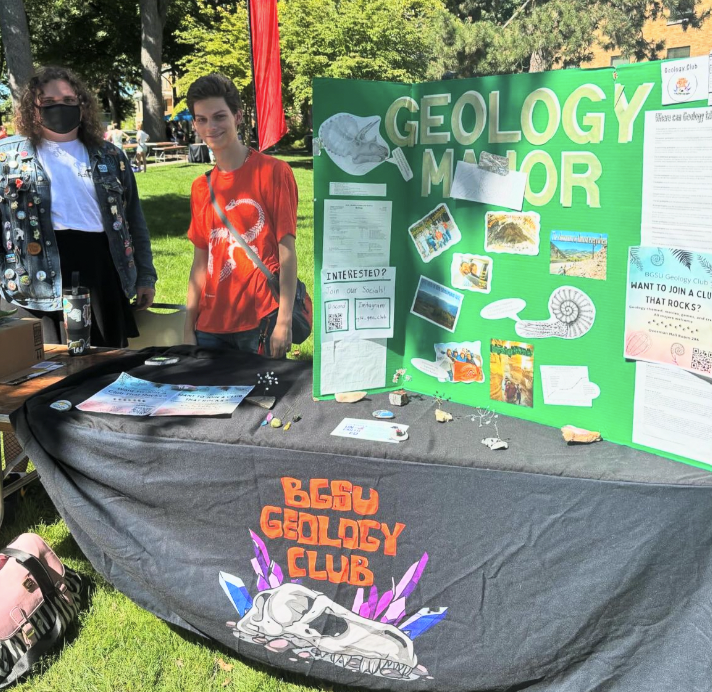College Democrats and Republicans disagree on some issues, but there is one view that both organizations share — the importance of college students getting out to vote.
College students have a historically low turnout on Election Day. In 2008, 44 percent of youths 18 to 24 years old came out to vote, compared to 65 percent of adults 45 to 64 years old who voted, according to the U.S. Census Bureau.
With the 2012 presidential elections approaching, both College Republicans and Democrats are beginning to increase campaign efforts to bring more college students out to the polls.
The College Democrats are currently participating in “Pledge to Reg,” a competition among universities across Ohio to see who can register the most voters, said senior Danni McConnell, president of the College Democrats.
“We can’t register them now, but we’re taking down their information, and we’re sending out reminders in the fall,” McConnell said.
The College Democrats’ goal is to register 1,001 students, since 1001 Wooster Street is the address of the University, she said. They currently have around 500 signed up.
The organization also works with “Organizing for America,” the local campaign working for Obama’s re-election. They are currently working on the structure for the campaign in the fall.
The College Democrats are looking for people to help any way they can.
“We’re scouting and identifying individuals to be leaders in our organization,” McConnell said.
The College Republicans are currently waiting to see who will get the GOP nomination and then they will begin to show support with sidewalk chalk, fliers and tables in the Union, said sophomore David Hector, a member of the organization.
The organization is also looking to have a debate between Congressman Bob Latta and Angela Zimmann in the fall, Hector said. The debate would focus around local and national issues.
Alex Nash, a sophomore, thinks both parties should focus more on appealing to the college demographic.
“Both parties need to get college voters to come out more because they’re the lowest turnout,” Nash said.
Nash believes many students don’t vote because they don’t think their vote matters.
“People think, ‘I’m just one vote, and my opinion isn’t gonna be heard,’ and so many start to think that way,” he said.
Hector also emphasized the important role college students serve in elections.
“It’s important for college students to vote because we’re the voice of the people in the next 40 years,” he said.
McConnell said she does not believe the low college voter turnout stems from student’s apathy, because college students care about many things.
“I think college students have this idea that they don’t matter [but] in actuality, it matters if they vote a great deal.”
McConnell said students have influenced many elections.
“When students get out to vote, we’ve seen a lot of victories,” she said.
College students in particular had a hand in influencing the 2008 presidential election.
The turnout of young voters 18 to 29 years old increased from 49 percent in 2004 to 51 percent in 2008, according to data collected by the Center for Information and Research of Civic Learning and Engagement.
“I think that Barack Obama, in 2008, did a lot to specifically address college students,” McConnell said.
He did this through pioneering the use of YouTube, a much better way to reach youths than through a newspaper, she said.
Candidates have also begun to embrace Twitter and Facebook as a way to attract young voters, she said.
Given that the 2008 presidential election was so historic, McConnell said she does not think college voters will be as energized in 2012.
“[I hope] they’ll realize what has changed in the last four years and realize their interests in that,” she said.
McConnell said many of Obama’s major successes are not given due recognition.
“Sometimes they’re downplayed because of something that didn’t get accomplished the way everybody wanted it accomplished,” she said.
Hector, however, sees a different reason for the support for Obama.
“I think a lot of it was just because he was something new [and because] George W. Bush stained what a Republican was,” he said. “People weren’t happy with the way things were going so they wanted a change so they went to the Democrats.”
Hector said he wants to see college students come out and vote against Obama.
“If you’re unhappy with Obama, vote for a Republican candidate because he will have the best chance of beating Obama.”
Nash said he sees a lot of competition in the Republican race that could potentially split the vote among Republicans. This could happen if someone like Ron Paul runs on the independent ticket, he said.
Hector agreed with this possibility.
“The field’s so open this year that I think it’s important that Republicans rally around whoever’s elected.”
One issue McConnell identified as being in the interests of students is Obama’s student loan plan.
“If students work in the public sector for 10 years after they graduate, then that debt is forgiven,” she said.
There is, however another major issue important to college students.
In the 2010 midterm elections, 59 percent of young voters said the economy was the most important issue facing the U.S., according to the Center for Information and Research of Civic Learning and Engagement.
“I think for college students it would be to get the economy turned around so there would be jobs for us when we graduate,” Hector said.
In the 2010
midterm election:
57 percent of young voters (18-29) voted Democrat and 40 percent Republican. 45 percent of all voters voted Democrat and 52 percent Republican.
27 percent of young voters supported the Tea Party and 30 percent opposed (38 percent neutral). 40 percent of all voters supported the Tea Party.
60 percent of young voters said they approved of Obama while 45 percent of all voters approved of Obama.
(courtesy of CIRCLE)



